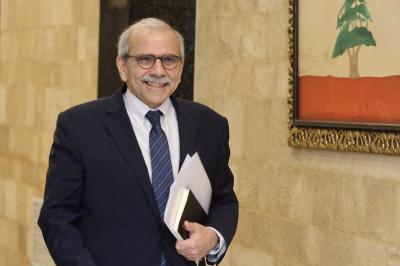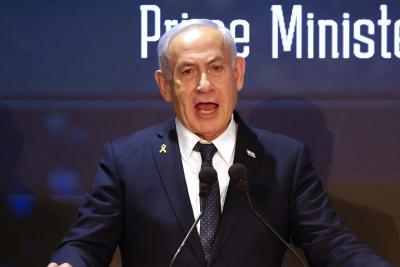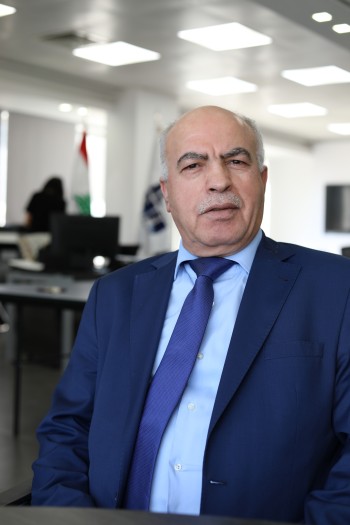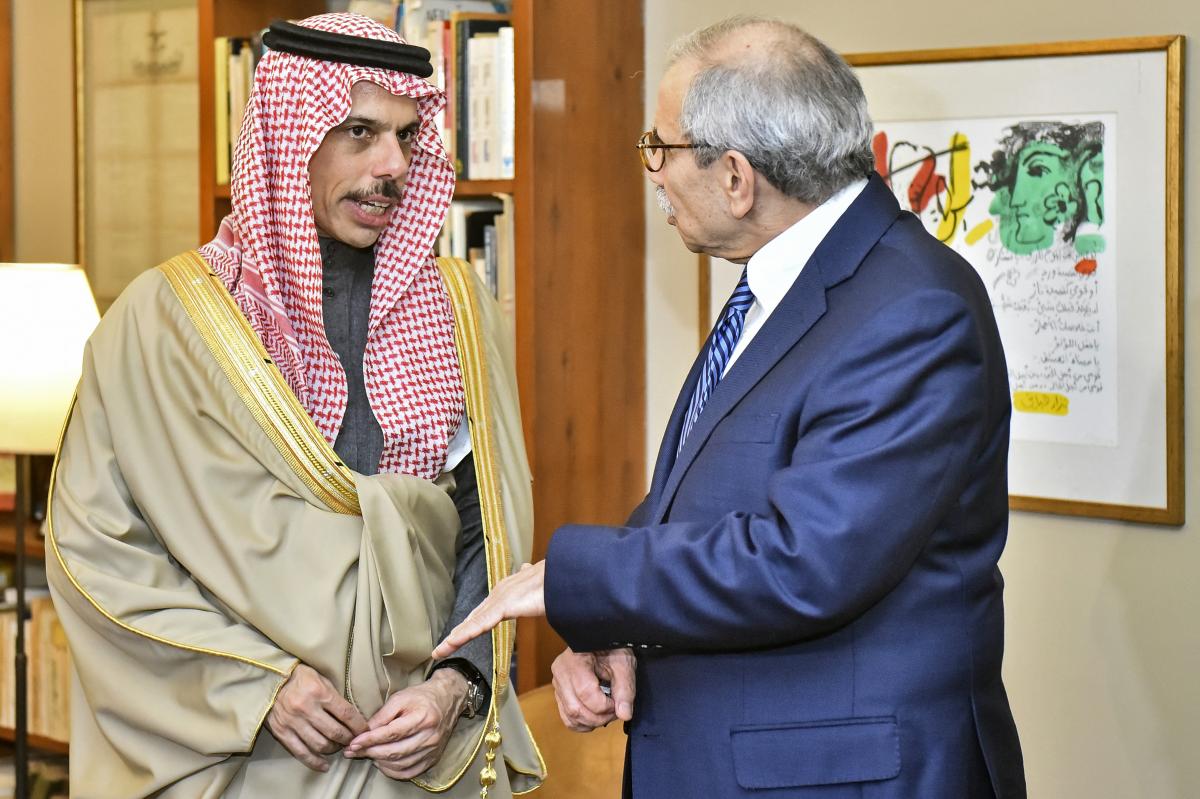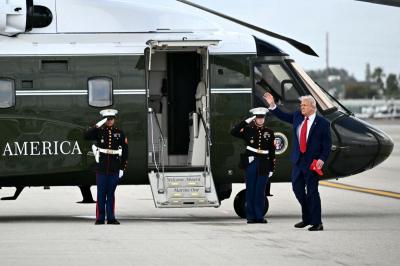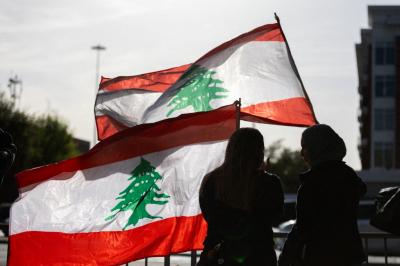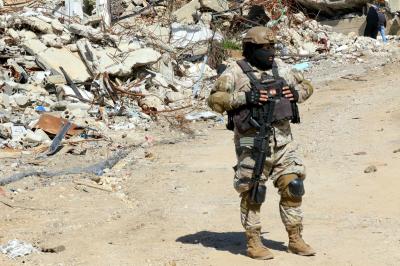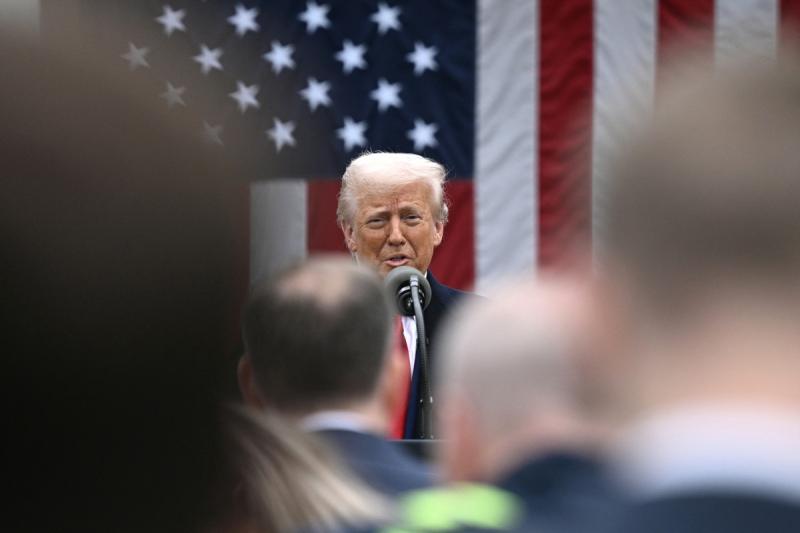Lebanese political factions remain divided over forming a new government, whose primary task would be implementing UN Resolution 1701. Meanwhile, Israel is using this internal deadlock as a pretext to delay its withdrawal from the border areas it occupied during its latest offensive on Lebanon—despite the ceasefire agreement reached on November 27. Under this deal, Israel was supposed to fully withdraw from the area south of the Litani River within 60 days, allowing the Lebanese army and UN peacekeeping forces (UNIFIL) to take over, under the supervision of a five-member committee led by U.S. General Jasper Jeffers. At the same time, Hezbollah was expected to withdraw militarily to the north of the Litani, dismantling any military infrastructure and surrendering weapons found in the area, ensuring that only the Lebanese armed forces and UNIFIL maintained a presence there.
However, the deadline has passed, and Israel has not completed its withdrawal, emboldened by what many see as a favorable or lenient U.S. stance. Exploiting Lebanon’s political paralysis, Israel continues its destruction of border towns and villages it occupied before or after the ceasefire agreement. Since November 27, it has repeatedly violated the ceasefire, even pushing beyond the Litani and into the Bekaa Valley, citing Hezbollah’s alleged continued military buildup in preparation for future conflict. Hezbollah, for its part, has largely refrained from responding, except for a single strike on the Shebaa Farms, which was seen as a dual warning—first to the ceasefire monitoring committee, urging it to intervene, and second to Israel, signaling the need for a reciprocal withdrawal.
Despite the likelihood that a government will eventually be formed—possibly under international and regional pressure, much like the election of President Joseph Aoun—Lebanese factions continue to stall, each hoping to gain political leverage in anticipation of upcoming regional shifts.
A key sticking point in the negotiations is the Finance Ministry, which the "Shiite duo" insists should remain in Shiite hands, granting them a "third signature" needed for executive decisions. While reports suggest an agreement was reached with Prime Minister-designate Nawaf Salam, other factions have pushed back, demanding a rotation of ministerial portfolios to reflect the changing political landscape.
While some insiders claim that foreign powers have endorsed assigning the Finance Ministry to the Shiite bloc, others argue that this demand is obstructing government formation. Meanwhile, other factions are competing for key ministries that could bolster their standing in the crucial 2026 parliamentary elections, which will be held under a new proportional representation system as outlined in the Taif Agreement.
Despite recent visits by Saudi Foreign Minister Prince Faisal bin Farhan and Kuwaiti Foreign Minister Abdullah Ali Al-Yahya, little progress has been made. Both diplomats urged Lebanese leaders to expedite government formation and enact much-needed reforms, promising financial aid once a stable administration is in place. However, neither delved into the specifics of the ongoing political impasse.
Political disputes, particularly the escalating war of words between Hezbollah and the Lebanese Forces, have done little to deter President Aoun and Prime Minister-designate Salam from pushing ahead with government formation. Both are aware that further delays risk undermining their credibility and the momentum generated by their election.
Amid this deadlock, many political observers believe that an American-Saudi push will ultimately break the stalemate, forcing Lebanon’s factions to compromise and put an end to the political maneuvering that has stalled the process. The message is clear: the course has been set, and no faction can afford to obstruct it indefinitely.
 French
French


